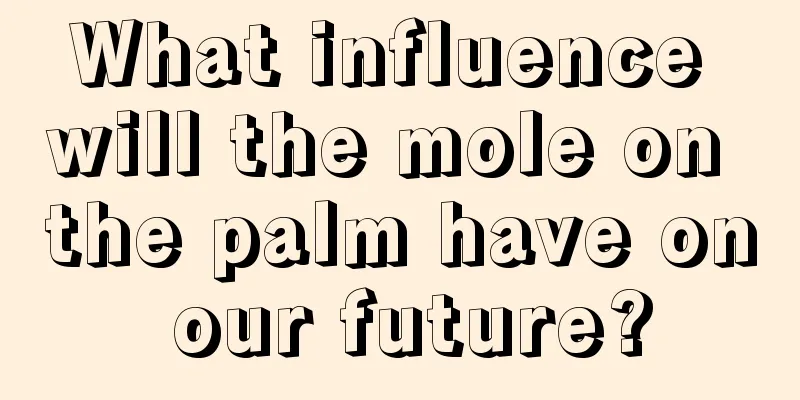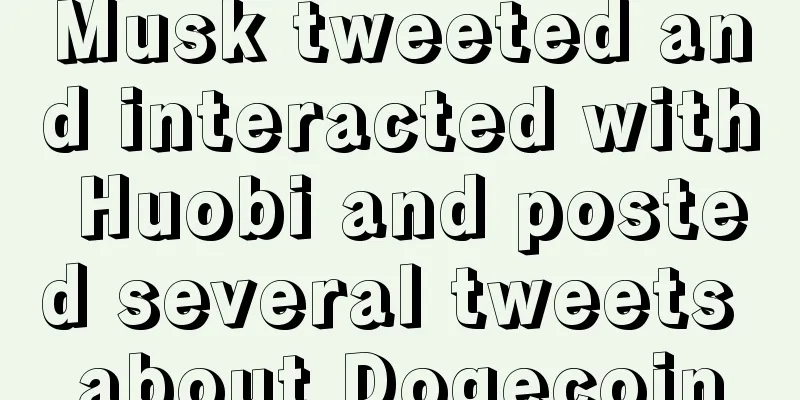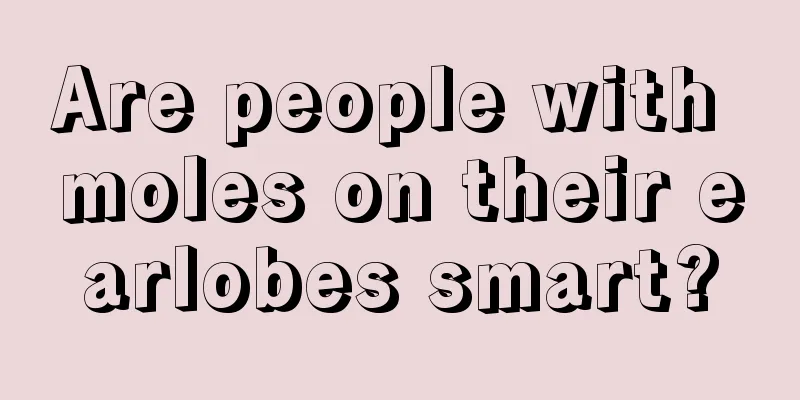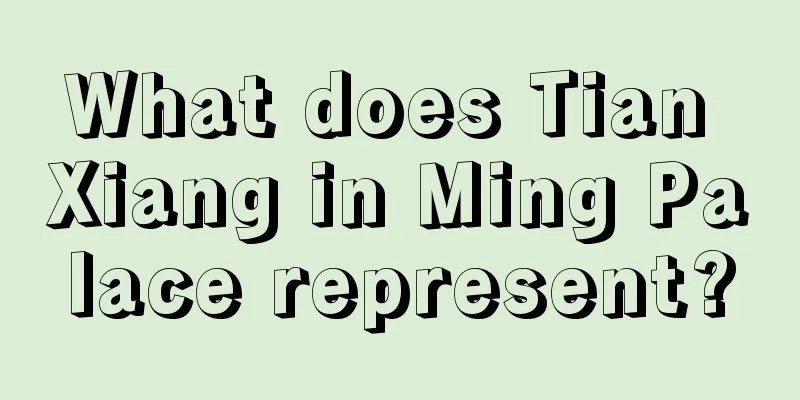Why blockchain could revolutionize insurance before banks
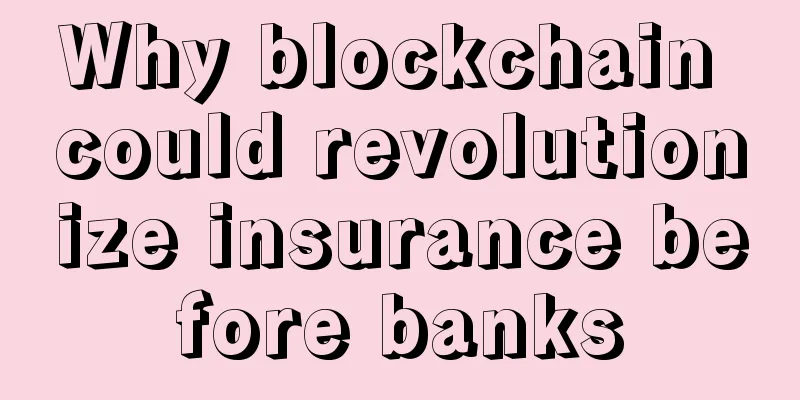
Translation: spring_zqy Provenance Blockchain Use Cases Provenance is a classic example of blockchain use in the insurance industry. This has implications for assets such as jewelry, art, and antiques. These assets are known to be “worth what the customer thinks they are worth.” The immutable blockchain technology provides a solution. Everledger was an early pioneer in using this technology. (The following is a record of our attention to Everledger since July 2015) However, this firstly belongs to the property and casualty insurance market, and secondly people will certainly take it for granted that it was developed by insurance companies and is a way of adding value rather than an innovative reform. Separation of insurance and investment This radical and potentially disruptive idea is still under discussion and development. We have outlined a three-tiered architecture for insurance on Lemonade:
The change we are discussing is to completely separate the second and third layers mentioned above using blockchain. For details, please refer to the following words of Olivier Rikken:
Olivier Rikken went on to explain:
The final winner is always the Internet, it just took a little longer. Market credit is expanding rapidly, and new asset classes are being developed. In the end, networks and markets always win, the question is how long it will take to achieve this. There are two reasons why the battle is considered long - consumer confidence and regulation. Consumer confidence in the insurance industry still faces many obstacles. We can do a few loan experiments in the credit market, and if the investment fails, then we can "learn from experience". Investing premiums for decades does not guarantee that you can really get cash back in the event of a disaster. This is definitely not the effect we are pursuing. This is where consumer information and regulations come into play. Blockchain Solvency 2 Solvency 2 regulations were established to ensure that insurance companies have sufficient funds to pay claims. What would happen if the model became the blockchain market form envisioned by Olivier Rikken? He explained the logic of using smart contracts:
How big is the risk to investors' funds? Will there be companies like Lloyds that accept unlimited liability in the future? These questions will take a lot of time to solve, but I believe that we will eventually form a market model. Just like the realization of real-time clearing and settlement in the capital market, these changes will not come immediately, but they will eventually become a reality. Secondary Impact Below is our analysis from Cui Bono and Cui Amisit. If this change occurs in the future, the insurance value chain will be completely reshaped.
|
<<: Irish banks experiment with shared blockchain following Microsoft and R3CV partnership
>>: Decoding What Fed Governors Really Think About Bitcoin and Blockchain
Recommend
A woman with a mole on her eyebrow
A woman with a mole on her left eyebrow indicates...
Sheep mouth facial features
Sheep mouth indicates misfortune and poverty Char...
The halving effect has just begun? Looking at the future trend of the cryptocurrency market from the perspective of miner economics
Original source: coinmetrics Compiled by: Masaka ...
What are the characteristics of a woman who is unlucky in marriage?
Now in the 21st century, people all advocate scie...
Bitcoin expansion meeting is scheduled for May, resolving differences becomes the primary goal
A group of bitcoin industry opinion leaders, deve...
What is the relationship between nose shape and wealth?
A person's nostrils are the entrance and exit...
Which moles will bring bad luck to your husband?
Some moles on our body may not only affect our ow...
Bitcoin Foundation appoints South African investor as new chairman
Bitcoin’s oldest organization, the Bitcoin Founda...
Voice face encyclopedia: recognize people by their voice
In life, when you are familiar with a person, as ...
Microsoft's ION digital identity network is now live on Bitcoin mainnet
China Blockchain News (ID: ChinaBlockchainNews) T...
How to read palm lines to interpret career fortune
In fact, in today's society, career is someth...
Backed by Sequoia and A16Z, Lightning Network founder launches new mining coin HNS, which may become a new FPGA mining coin
The top ten halvings at the end of the halving ma...
Where is the wealth line? Is a dense wealth line a sign of good fortune?
Palmistry is a very magical thing. There are count...
Geek Meet Boost VC's Youngest Ever Bitcoin Entrepreneur
Boost VC , based in California, has fostered five...
Coin Zone Trends: Bitcoin Price Trends Based on Big Data This Week (2016-04-16)
1. Price Trends The price is similar to our recen...
